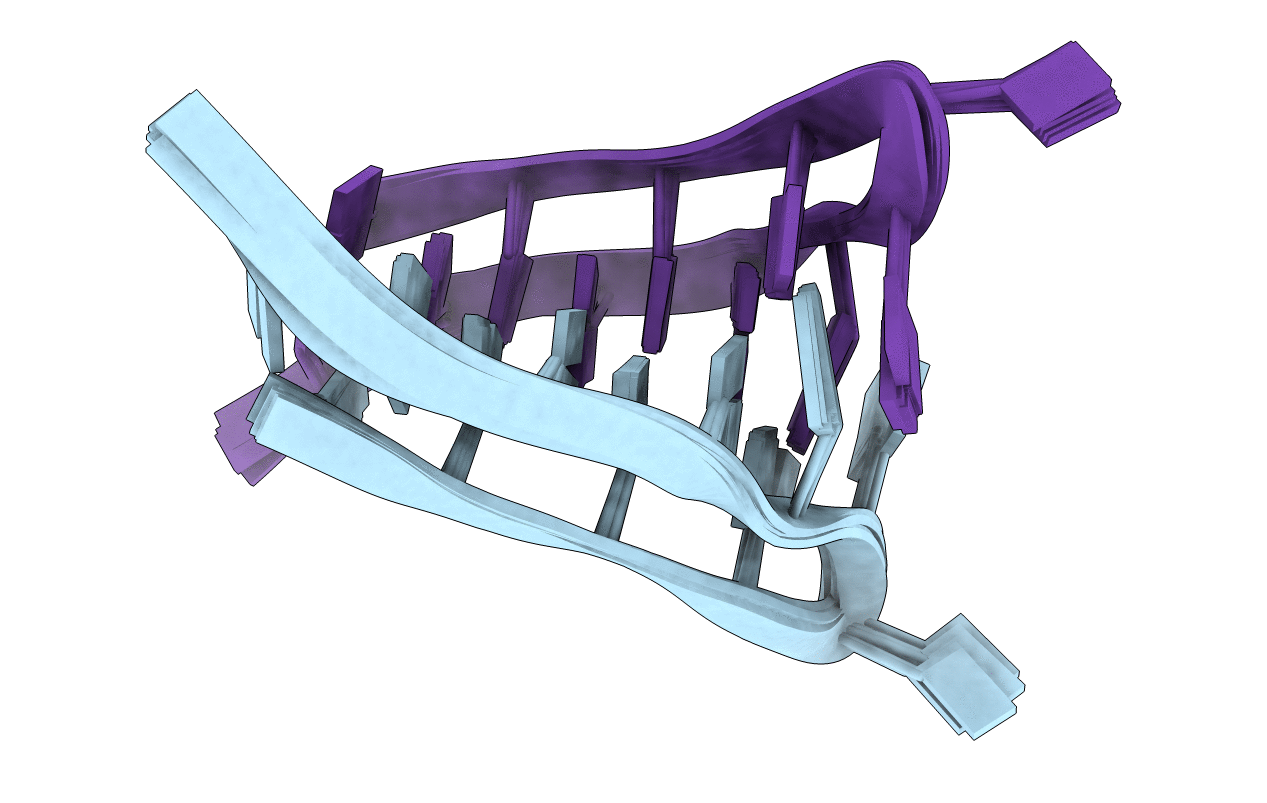
Deposition Date
1998-07-15
Release Date
1998-07-22
Last Version Date
2024-05-22
Entry Detail
Biological Source:
Source Organism:
Method Details:
Experimental Method:
Conformers Calculated:
10
Conformers Submitted:
7
Selection Criteria:
STRUCTURE CONVERGENCE


